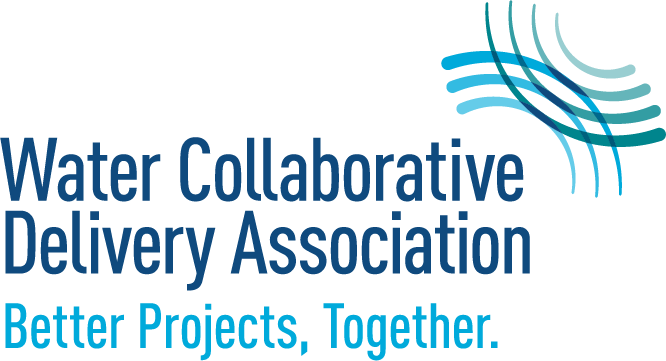Blog

Unlocking the Potential of Progressive Design-Build Teaming Arrangements with the Integrated Joint Venture Model
Collaborative delivery offers owners the opportunity to access the talents and resources of design and construction professionals in a manner unlike traditional delivery methods.
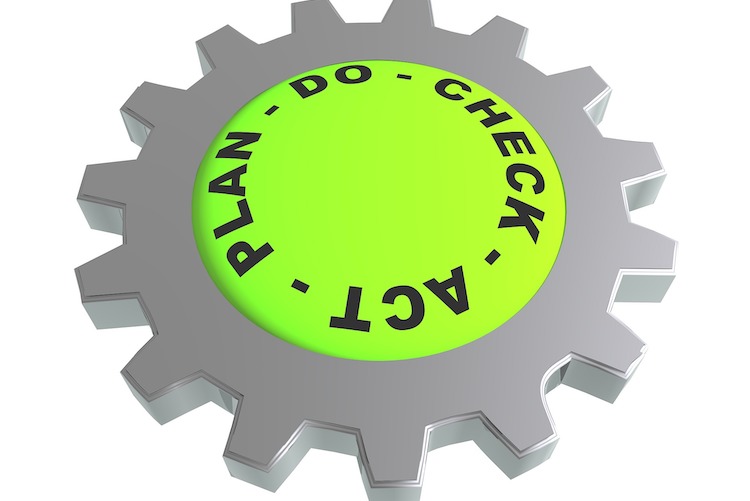
Catch a Break: How to Reduce Construction Fatigue at Your Facility
My wife and I tell our guests to make themselves at home, but this can quickly go awry. Several years ago, with only two months until our first child was due, we decided to buy a fixer-upper and start a complete “gut and rebuild.”
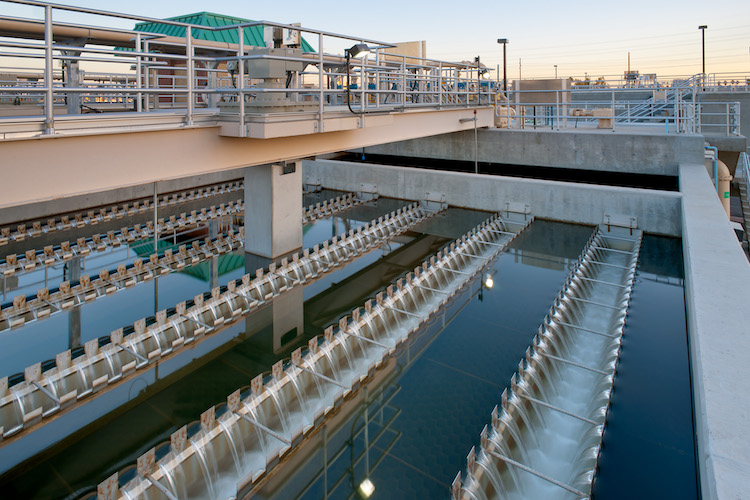
Early Works Strategies in a Volatile Market
When the supply chain faces pressure and creates a volatile market for utility-scale construction projects, challenges arise for project teams seeking solutions to long-term wastewater treatment facility expansions.
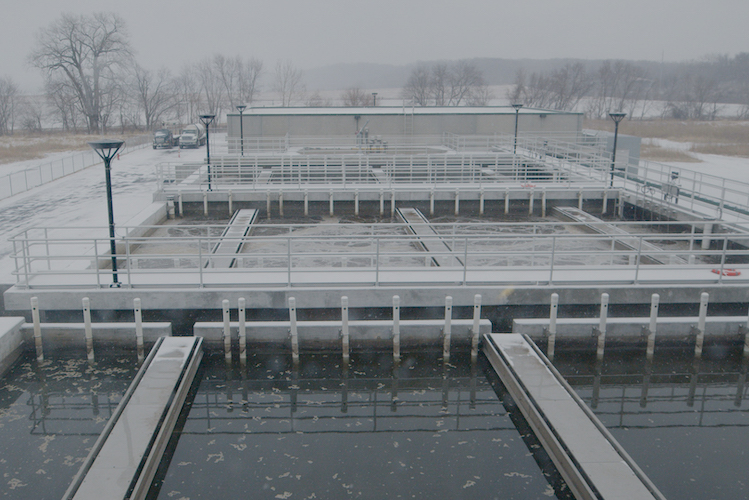
Benefits of Construction Management at-Risk from an Owner’s Perspective
HDR and Garney recently conducted an interview with the UG project team to gain insight into some of the tangible benefits it has realized through its recent CMAR procurements.
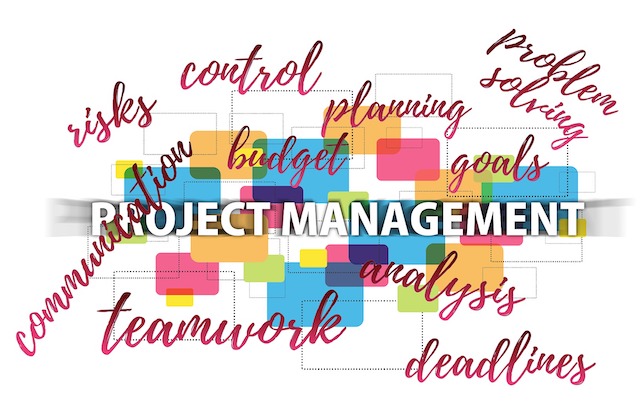
Fast-Track the Implementation of Your Next Project by Leveraging CPD and enlisting an Owner Advisor
How do you keep complex projects on track and successfully moving forward? Collaborative project delivery (CPD) combined with the use of an owner advisor (OA) or program manager.

THE “STAND, WALK, RUN” APPROACH TO CLOSING OUT WASTEWATER CONSTRUCTION PROJECTS
As construction projects at wastewater treatment plants near completion, everyone involved usually has a bit of fatigue.
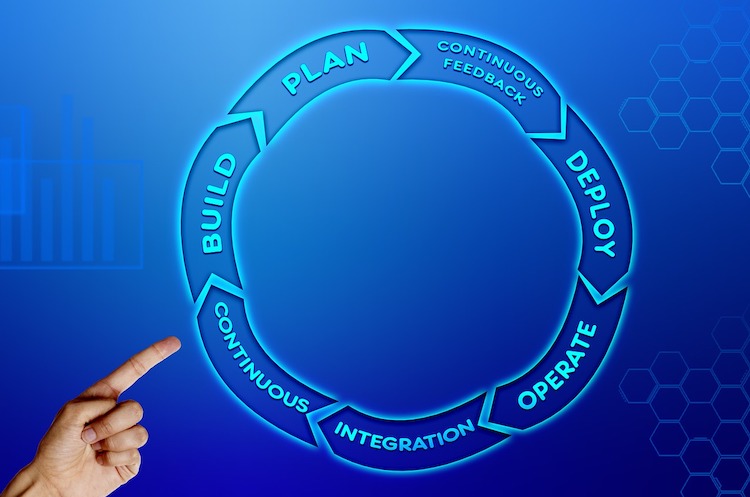
Transparent Collaboration Maximizes Value on Big Projects
Collaboration, innovation, and inclusion are key to the success of big design-build projects. Implementing such measures in the early phases of a project helps ensure overall project success and should be a guiding principle on all large design-build projects.
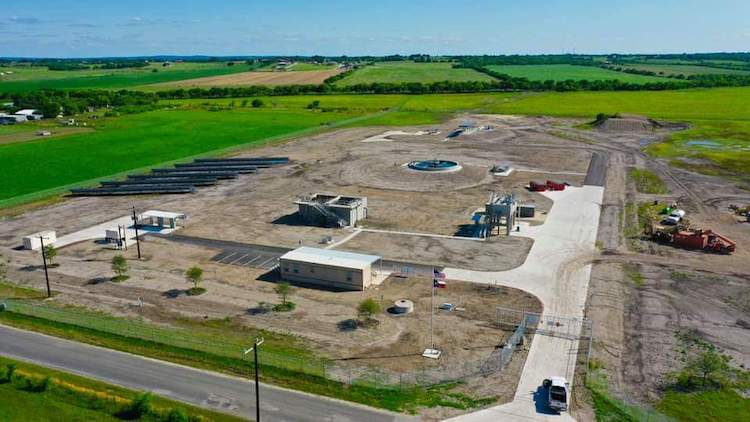
Silver Lining: Lessons Learned from an Envision-Rated Treatment Plant
Sustainability has become a word mentioned across our lives and the industry but isn’t as clearly defined as other terms like efficiency, safety factor, or effluent quality.

Designing for Procurement Can Help Alleviate Supply Chain Headaches
The design-build project delivery approach continues to deliver value to municipal water utilities. From a single point of responsibility and integration to cost certainty and timely delivery, design-build can help create a more streamlined and seamless project experience.
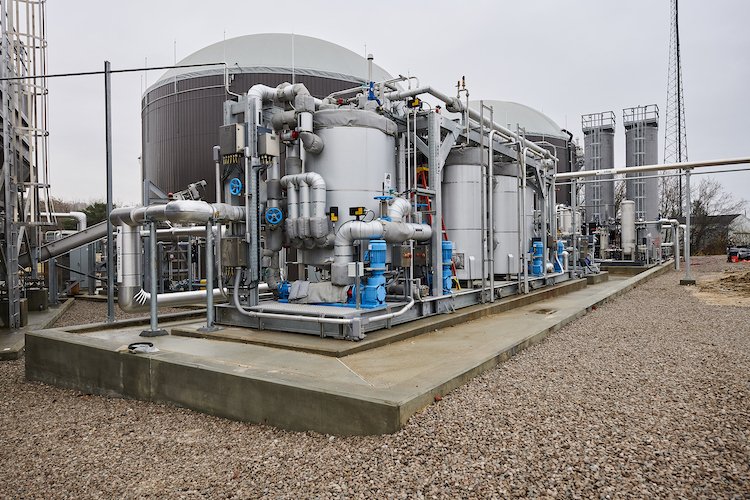
Transferring Risk: An Opportunity to Add Value Using Progressive Design-Build Delivery
Projects delivered under construction management at-risk (CMAR) and progressive design-build (PDB) contracts are becoming more common in the US water sector. Each method offers opportunities for an owner to accelerate schedule, collaborate more effectively with a project team, facilitate early consideration of construction issues, and receive insight into project cost. There are many similarities between these two delivery methods, but PDB offers one major differentiator: an opportunity for the owner to transfer additional risk.
